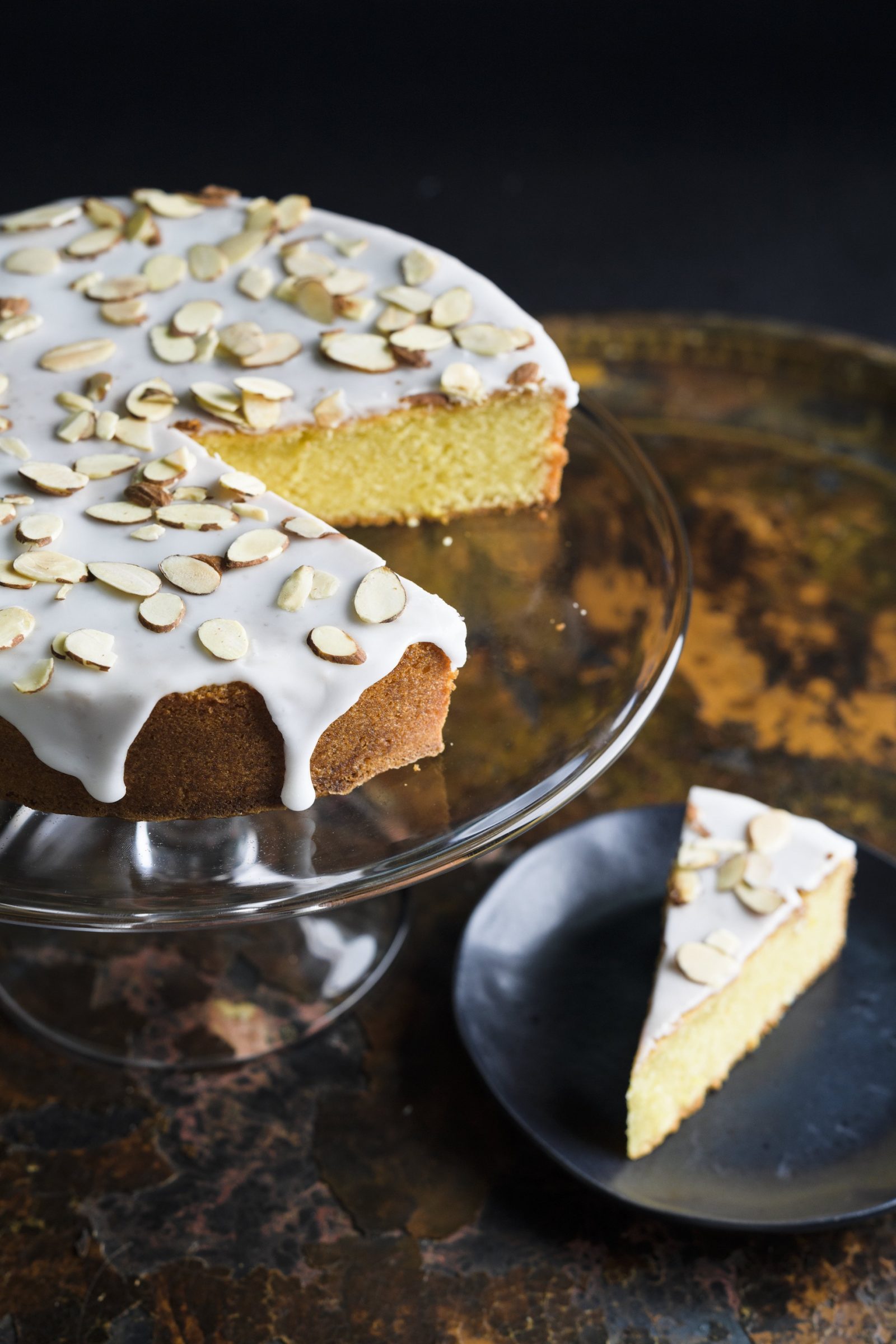Your email address is required to begin the subscription process. We will use it for customer service and other communications from Milk Street. You can unsubscribe from receiving our emails at any time.
Hi Renee,
The amount is correct. Feel free to adjust to your taste, but in the future make sure you're using kosher salt. Different salt varietals will alter the taste.
Best,
The Milk Street Team
The recipe says to use table salt in the cake as well as the glaze, but here you are saying to be sure to use kosher salt in the glaze. Which is correct? Also, I've never baked with salted butter before and I'm surprised to see it called for in this cake. Is there a reason you used it for this recipe?
Hi Nancy -
We recently changed all of our baking recipes to call for table salt rather than kosher salt as the variation in grain size among brands was causing inconsistent results in the recipes. This comment by Janelle predates that change so the amount of table salt called for in the recipe is correct. We always call for salted butter in all of our recipes. We’ve done our homework and after testing salted versus unsalted butter in a number of savory and baking recipes, we didn’t find any measurable difference between the two. The small amount of salt in salted butter is undetectable when cooked or baked in a recipe, we found. Still, we have a preference between the two. Though most culinary professionals and publications will recommend using unsalted butter, we prefer the salted kind because it tastes better when you’re not cooking with it. Unsalted butter doesn’t cut it on toast! Since we prefer to stick with one kind, salted butter is our choice.
Best,
The Milk Street Team
Hi Nancy -
We recently changed all of our baking recipes to call for table salt rather than kosher salt as the variation in grain size among brands was causing inconsistent results in the recipes. This comment by Janelle predates that change so the amount of table salt called for in the recipe is correct. We always call for salted butter in all of our recipes. We’ve done our homework and after testing salted versus unsalted butter in a number of savory and baking recipes, we didn’t find any measurable difference between the two. The small amount of salt in salted butter is undetectable when cooked or baked in a recipe, we found. Still, we have a preference between the two. Though most culinary professionals and publications will recommend using unsalted butter, we prefer the salted kind because it tastes better when you’re not cooking with it. Unsalted butter doesn’t cut it on toast! Since we prefer to stick with one kind, salted butter is our choice.
Best,
The Milk Street Team
1 unit of Diamond Crystal Kosher Salt = ¾ unit Morton Kosher Salt = ½ unit of table salt. I believe that Milk Street uses Diamond Crystal Kosher Salt in their recipes. So, ½ teaspoon of Diamond Crystal Kosher Salt would convert to ⅜ teaspoon of Morton Kosher Salt, or ¼ teaspoon of table salt. Hope this helps.
The recipe says to use table salt in the cake as well as the glaze, but here you are saying to be sure to use kosher salt in the glaze. Which is correct? Also, I've never baked with salted butter before and I'm surprised to see it called for in this cake. Is there a reason you used it for this recipe?
Hi Nancy -
We recently changed all of our baking recipes to call for table salt rather than kosher salt as the variation in grain size among brands was causing inconsistent results in the recipes. This comment by Janelle predates that change so the amount of table salt called for in the recipe is correct. We always call for salted butter in all of our recipes. We’ve done our homework and after testing salted versus unsalted butter in a number of savory and baking recipes, we didn’t find any measurable difference between the two. The small amount of salt in salted butter is undetectable when cooked or baked in a recipe, we found. Still, we have a preference between the two. Though most culinary professionals and publications will recommend using unsalted butter, we prefer the salted kind because it tastes better when you’re not cooking with it. Unsalted butter doesn’t cut it on toast! Since we prefer to stick with one kind, salted butter is our choice.
Best,
The Milk Street Team
Hi Nancy -
We recently changed all of our baking recipes to call for table salt rather than kosher salt as the variation in grain size among brands was causing inconsistent results in the recipes. This comment by Janelle predates that change so the amount of table salt called for in the recipe is correct. We always call for salted butter in all of our recipes. We’ve done our homework and after testing salted versus unsalted butter in a number of savory and baking recipes, we didn’t find any measurable difference between the two. The small amount of salt in salted butter is undetectable when cooked or baked in a recipe, we found. Still, we have a preference between the two. Though most culinary professionals and publications will recommend using unsalted butter, we prefer the salted kind because it tastes better when you’re not cooking with it. Unsalted butter doesn’t cut it on toast! Since we prefer to stick with one kind, salted butter is our choice.
Best,
The Milk Street Team



Hello,
My daughter, home from college, made this cake on Christmas day for our dinner that evening. Is the amount of salt in the glaze correct? No one at our table found it edible. It that a mistake? Shouldn't it be a pinch of salt?
Renee Shannon